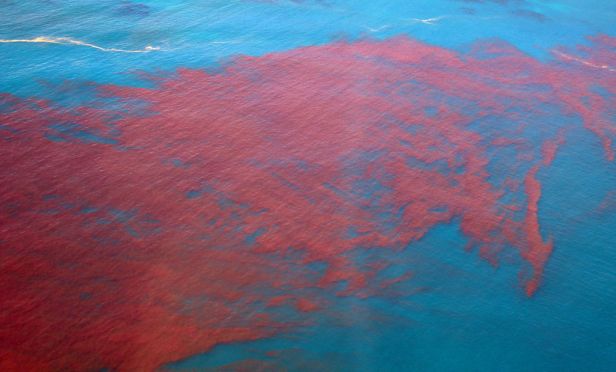
About the Author
Hi my name is Michael Garcia and I am studying biomedical engineering at the University of Miami. Having grown up in Miami, I have been around my ocean the entire life. I remember being a children and getting excited every Saturday when my family decided to go to the beach. Unexpected, one day we went to the beach and I saw dead fish littering the shores. I ask my dad and he said it was red tide. At the time, I did not understand what was going on. Dead fish?!? on the beach?!? I was disgusted to go back in the water long after seeing the effects of red time. Currently, Florida has been hit once again with a red tide epidemic. It has effected the entire west coast and parts of the east coast. Using what I have learned in school, I am looking forward to investigating my early curiosity of red tide.
Blog #1: What is red tide?
In this blog I plan on learning about and sharing information on Florida’s red tide epidemic. Red tide is an explosion in growth of dinoflagellates. Dinoflagellates are a naturally occurring algae that are always present in the ocean. However, they can explode in population when provided with an abundant amount of nutrients. While not all red tides are red, the red color that has been associated with this natural occurrence is caused by a specific type of dinoflagellate that is commonly present, Karenia brevis. While these algae are common in scarce populations, during a red tide they are present in high numbers and can release deadly amounts of neurotoxins in the water and air.
Red tide is mostly known for its effects. Dinoflagellates like Karenia brevis release neurotoxins that leave fish and other marine dead. After the dinoflagellate bloom, there is also a period of microbial growth. The microbes consume the algae and consume the oxygen in the water as well. These can lead to deoxygenated pockets of water, furthering the death of sealife.
When a red tide is in season, it leaves the local fishing economy and tourist economy in ruins. Fish and other sea life are not safe to eat and beaches are littered with the dead fish carcasses that have floated in. Red tide is an event that is both harmful for the environment and the economy. In this blog I plan on writing about some of the specific effects that red tide has had on the state of Florida.
 Red tide is caused by a species of ciliate that creates a reddish hue in the water and causes the death of many different types of marine life. Since the ciliates are mobile, there has been no efficient way to remove them from the water. The blooms typically occur in estuarine water, where nutrients are in abundance. However, better identification of the species of ciliate is needed to mitigate the effects of the tide, thus satellite imaging is needed
Red tide is caused by a species of ciliate that creates a reddish hue in the water and causes the death of many different types of marine life. Since the ciliates are mobile, there has been no efficient way to remove them from the water. The blooms typically occur in estuarine water, where nutrients are in abundance. However, better identification of the species of ciliate is needed to mitigate the effects of the tide, thus satellite imaging is needed